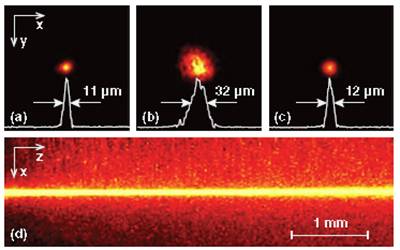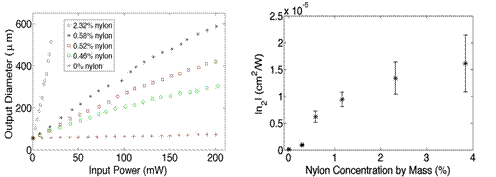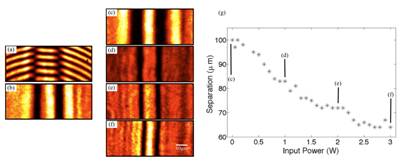Reports: UR652644-UR6: Experimental Study on Nonlinear Optics and Wave Dynamics in Colloidal Suspensions with Negative Polarizability
Weining Man, PhD, San Francisco State University






Weining Man, PhD, San Francisco State University






Reports in the ACS PRF Annual Report are published as submitted by the Principal Investigator.
Copyright © American Chemical Society